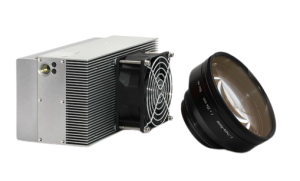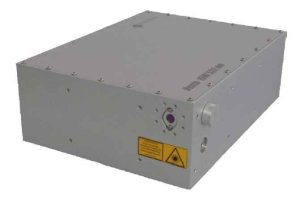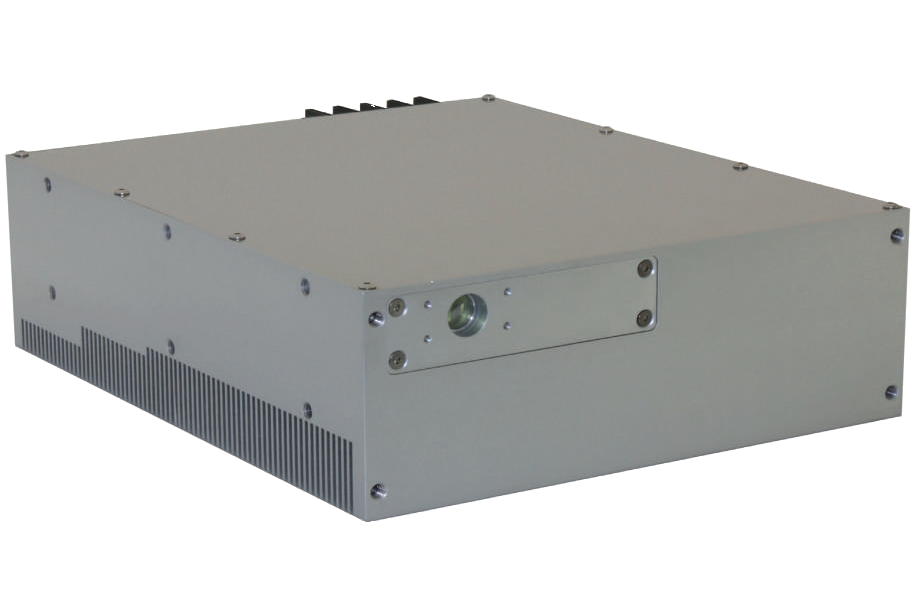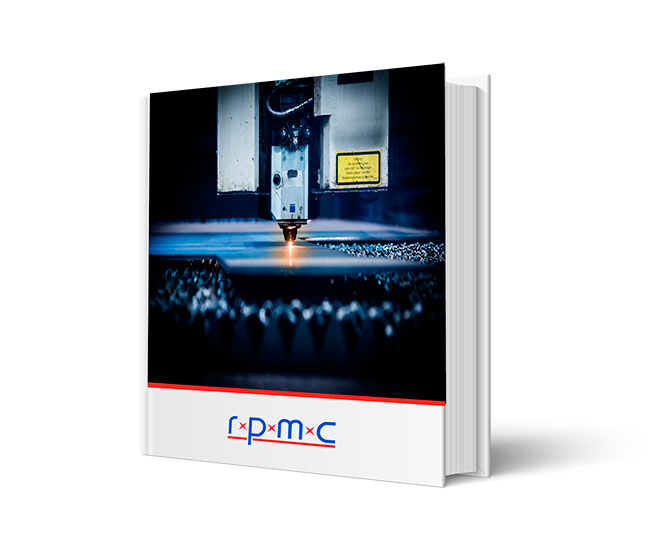kHz Range Lasers
Unlike continuous-wave lasers, the output of kHz range pulsed lasers cannot be specified by their output power alone. This is because the output power of a pulsed laser is determined by three different parameters the laser’s pulse width, pulse energy, and pulse repetition rate.
On this page, we have a list of all of the kHz rep rate lasers (1kHz-999kHz) offered by RPMC. These lasers are used for a wide variety of industrial laser applications.
There are many options available on these lasers. If you need help selecting the best laser for your application or defining the specifications needed for a specific application, contact one or our product specialist:

 BUY NOW
BUY NOW 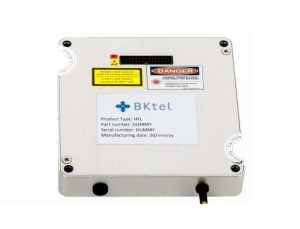
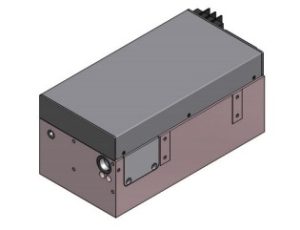

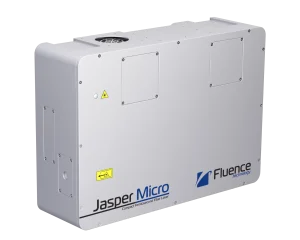
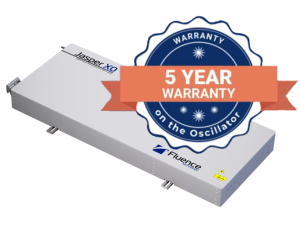
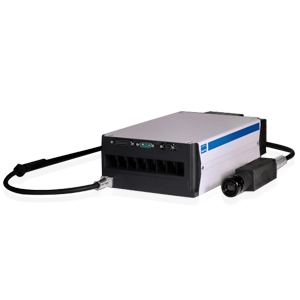
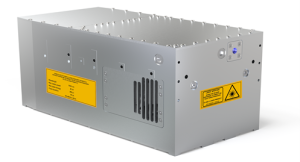
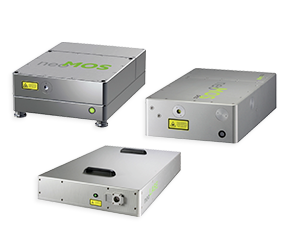

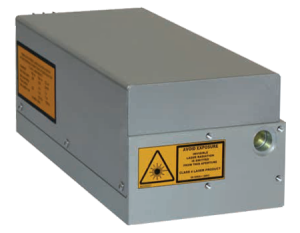
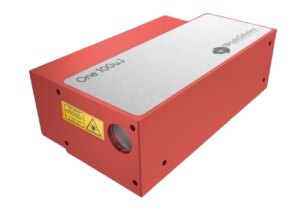
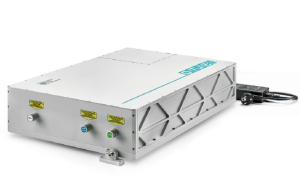
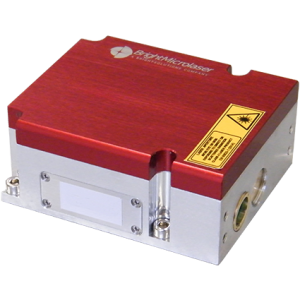
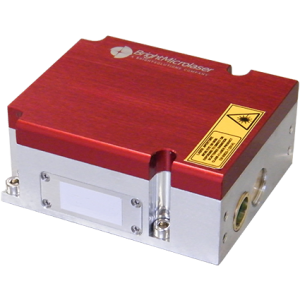

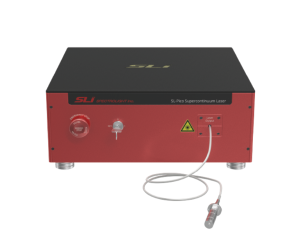
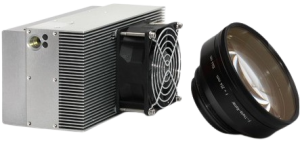
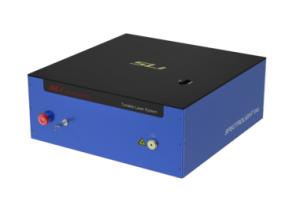
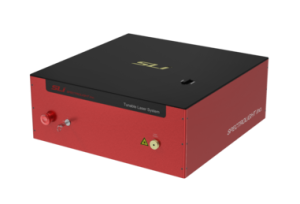
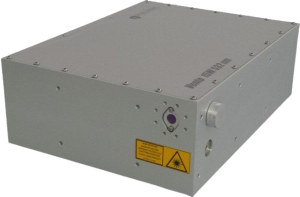
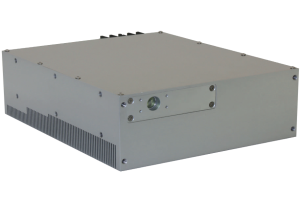
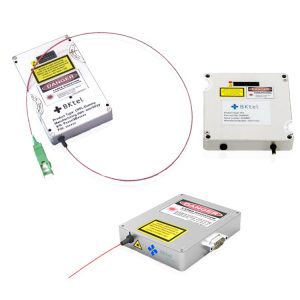
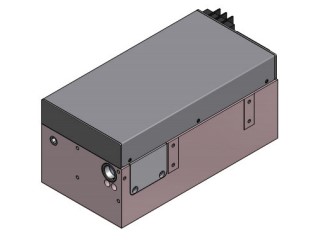
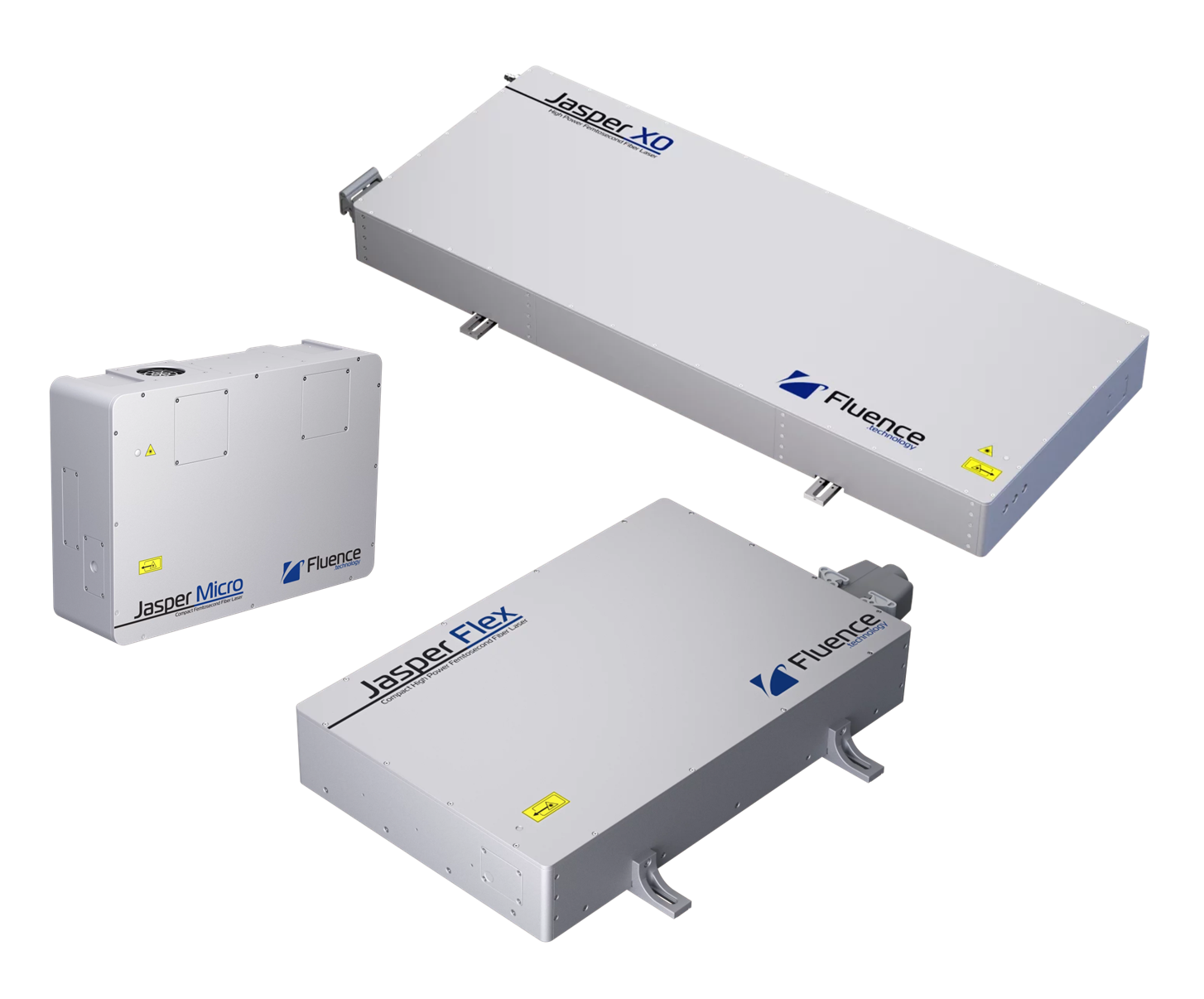 The Jasper series is a diverse set of high-performance femtosecond fiber lasers providing different solutions based on a standard technology. The series includes the high-power Jasper X0 (200 µJ pulse energy / 60 W average power), the compact Jasper Micro (5 µJ pulse energy / 7 W average power) in a space-saving design, and the Jasper Flex for microprocessing (30 µJ pulse energy). Each model provides a fast warm-up time, long-term stability, and hands-free operation. Whether you need high power, compactness, or specific processing capabilities, the Jasper series has a solution.
The Jasper series is a diverse set of high-performance femtosecond fiber lasers providing different solutions based on a standard technology. The series includes the high-power Jasper X0 (200 µJ pulse energy / 60 W average power), the compact Jasper Micro (5 µJ pulse energy / 7 W average power) in a space-saving design, and the Jasper Flex for microprocessing (30 µJ pulse energy). Each model provides a fast warm-up time, long-term stability, and hands-free operation. Whether you need high power, compactness, or specific processing capabilities, the Jasper series has a solution.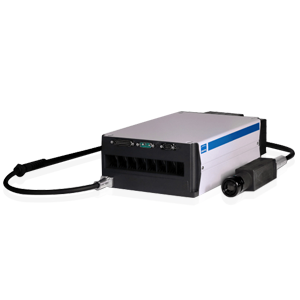
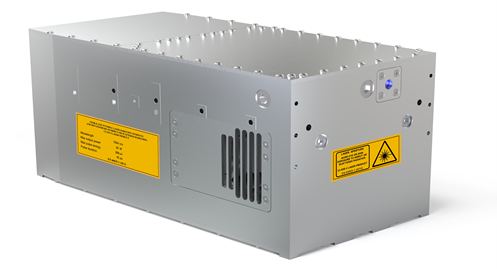 The Lampo Series is a line of compact ultrafast lasers that deliver megawatt-level ps laser pulses at a selectable PRR from 50 kHz to 40 MHz. Available in IR (1064 nm), SHG (532 nm), and Deep-UV (266 nm) versions (355nm by request), the series offers pulse durations < 70 ps and average power up to 20W, 10W, and 1.5W respectively. With pulse energy up to 250uJ, 150uJ, and 30uJ, these lasers are ideal for a wide range of scientific, industrial, defense, medical, biological, and LIDAR applications. Built into a rugged, air-cooled single-unit laser head, these lasers are easy to operate and integrate, making them a valuable tool for sophisticated laser systems and lab applications.
The Lampo Series is a line of compact ultrafast lasers that deliver megawatt-level ps laser pulses at a selectable PRR from 50 kHz to 40 MHz. Available in IR (1064 nm), SHG (532 nm), and Deep-UV (266 nm) versions (355nm by request), the series offers pulse durations < 70 ps and average power up to 20W, 10W, and 1.5W respectively. With pulse energy up to 250uJ, 150uJ, and 30uJ, these lasers are ideal for a wide range of scientific, industrial, defense, medical, biological, and LIDAR applications. Built into a rugged, air-cooled single-unit laser head, these lasers are easy to operate and integrate, making them a valuable tool for sophisticated laser systems and lab applications.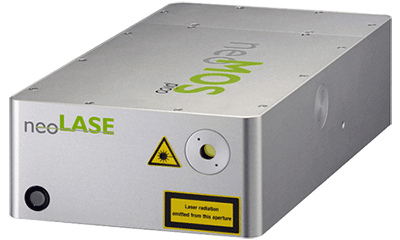 The neoMOS ultrashort pulse laser series is a reliable, low-maintenance system designed for 24/7 industrial use. The ultra-compact laser head has the smallest footprint available and can be customized for a range of laser parameters, allowing easy integration and flexibility with various demanding processing applications, including glasses and plastics. It offers pulse widths from 700fs to 70ps, repetition rates from single-shot to 80MHz, up to 500µJ pulse energy, average output powers up to 100W, multi-megawatt peak powers, and perfect TEM00 beam quality @ 1064nm.
The neoMOS ultrashort pulse laser series is a reliable, low-maintenance system designed for 24/7 industrial use. The ultra-compact laser head has the smallest footprint available and can be customized for a range of laser parameters, allowing easy integration and flexibility with various demanding processing applications, including glasses and plastics. It offers pulse widths from 700fs to 70ps, repetition rates from single-shot to 80MHz, up to 500µJ pulse energy, average output powers up to 100W, multi-megawatt peak powers, and perfect TEM00 beam quality @ 1064nm.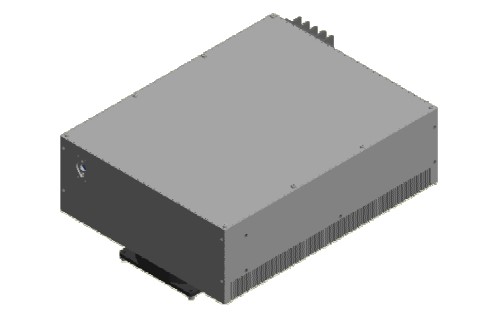

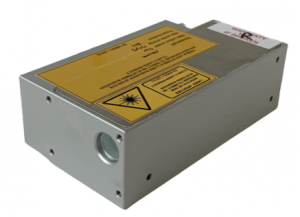
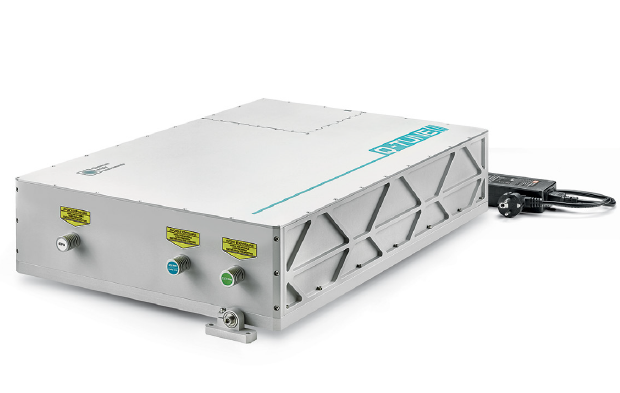 The Q-TUNE-HR series is a high repetition rate OPO producing a tunable wavelength range from ≈ 750 – 1800 nm and up to 100 kHz pulse repetition rate, the perfect coherent light source for micromachining, Raman spectroscopy, microscopy, and remote sensing applications. Q-TUNE-HR requires an external pump source with > 350 μJ pulse energy and 5 – 7 ns FWHM pulse duration @ 532 nm for operation: pulse repetition rate can be in 10 – 100 kHz range and acceptable pump power in the 3.5 – 30 W range. By default OPO is optimized to produce maximum output in 1200 – 1800 nm range (optional: 750 – 950 nm). In addition to the tunable range, the pump laser wavelength is accessible through a convenient bypass port.
The Q-TUNE-HR series is a high repetition rate OPO producing a tunable wavelength range from ≈ 750 – 1800 nm and up to 100 kHz pulse repetition rate, the perfect coherent light source for micromachining, Raman spectroscopy, microscopy, and remote sensing applications. Q-TUNE-HR requires an external pump source with > 350 μJ pulse energy and 5 – 7 ns FWHM pulse duration @ 532 nm for operation: pulse repetition rate can be in 10 – 100 kHz range and acceptable pump power in the 3.5 – 30 W range. By default OPO is optimized to produce maximum output in 1200 – 1800 nm range (optional: 750 – 950 nm). In addition to the tunable range, the pump laser wavelength is accessible through a convenient bypass port.
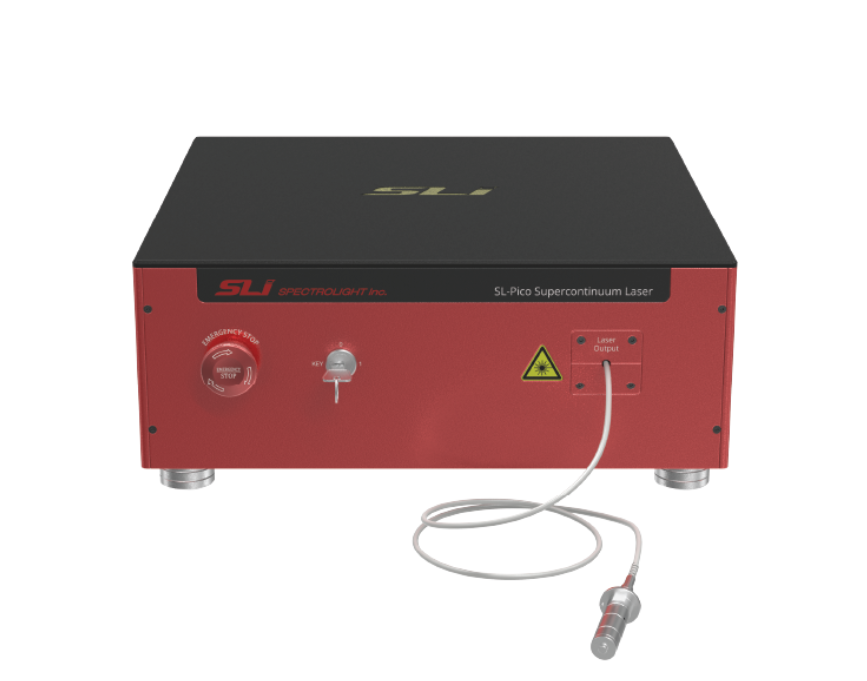 The SL-Pico series of picosecond supercontinuum lasers is designed to meet the diverse and dynamic needs of cutting-edge research and industrial applications. These supercontinuum white lasers are highly regarded for their wide wavelength range and cost-effectiveness. The SL-Pico offers a spectral range from 410 to 2400 nm, has high power, is very stable, and is capable of delivering power up to 8 W. The SLM versions are mode-locked fiber lasers with a fixed rep. rate, and the SLMV versions have a tunable repetition rate (up to 40 or 200 MHz), ensuring compatibility with a wide range of devices and various applications like fluorescence microscopy, TCSP, hyperspectral imaging, semiconductor inspection, and much more!
The SL-Pico series of picosecond supercontinuum lasers is designed to meet the diverse and dynamic needs of cutting-edge research and industrial applications. These supercontinuum white lasers are highly regarded for their wide wavelength range and cost-effectiveness. The SL-Pico offers a spectral range from 410 to 2400 nm, has high power, is very stable, and is capable of delivering power up to 8 W. The SLM versions are mode-locked fiber lasers with a fixed rep. rate, and the SLMV versions have a tunable repetition rate (up to 40 or 200 MHz), ensuring compatibility with a wide range of devices and various applications like fluorescence microscopy, TCSP, hyperspectral imaging, semiconductor inspection, and much more!